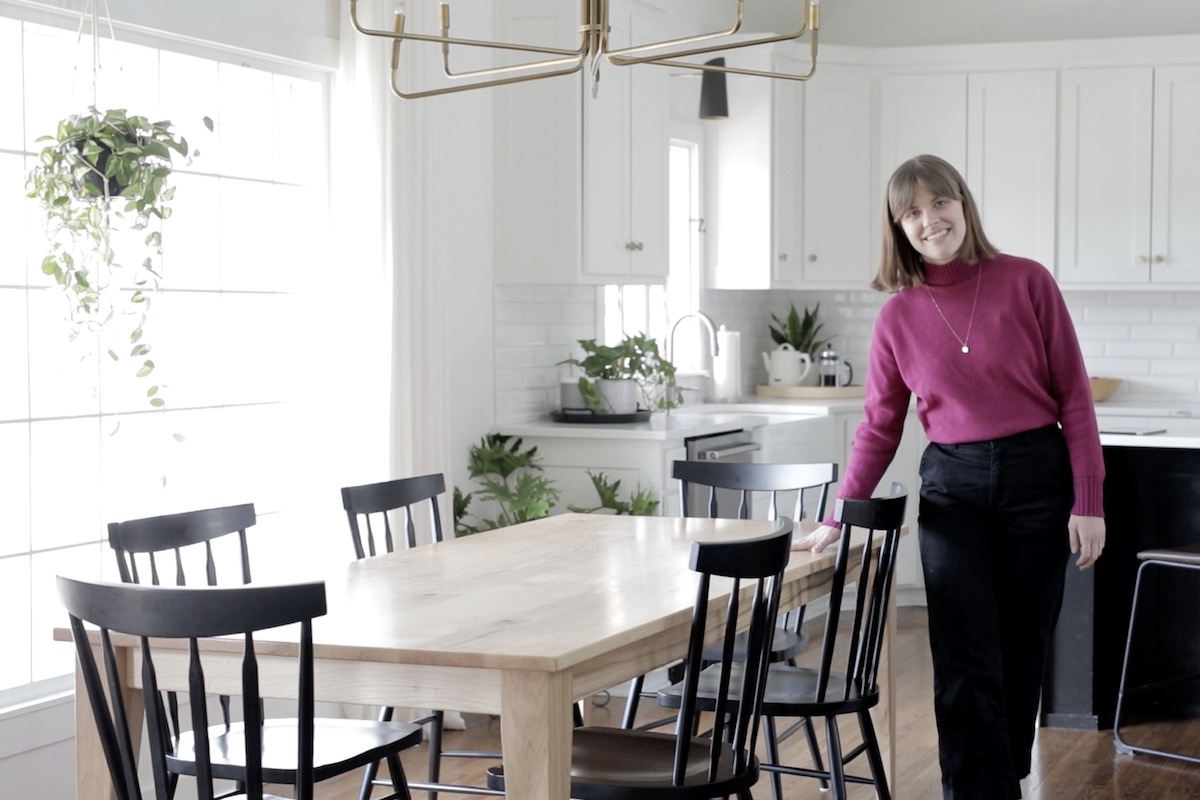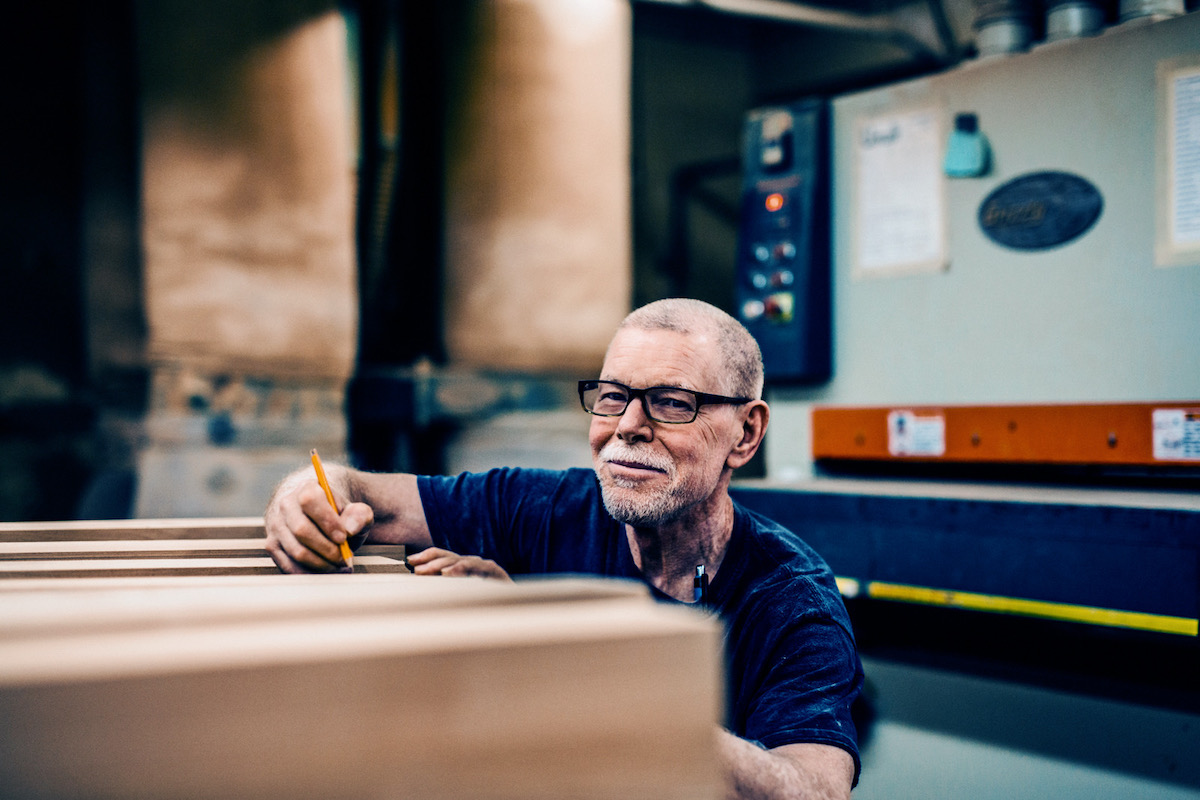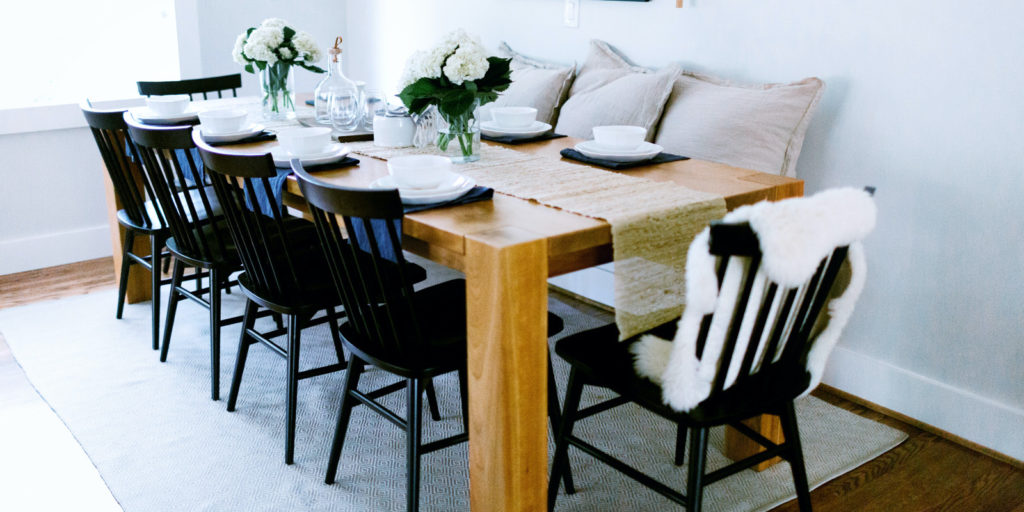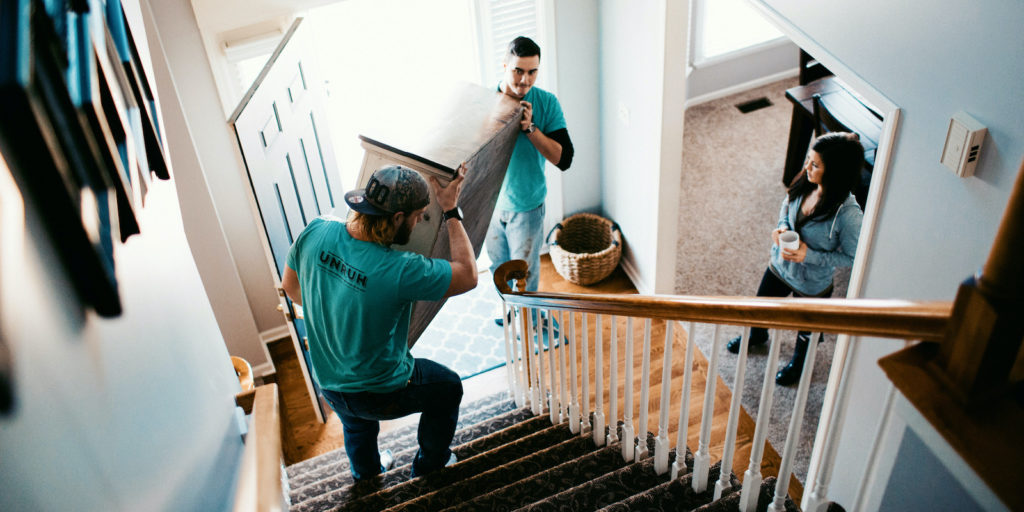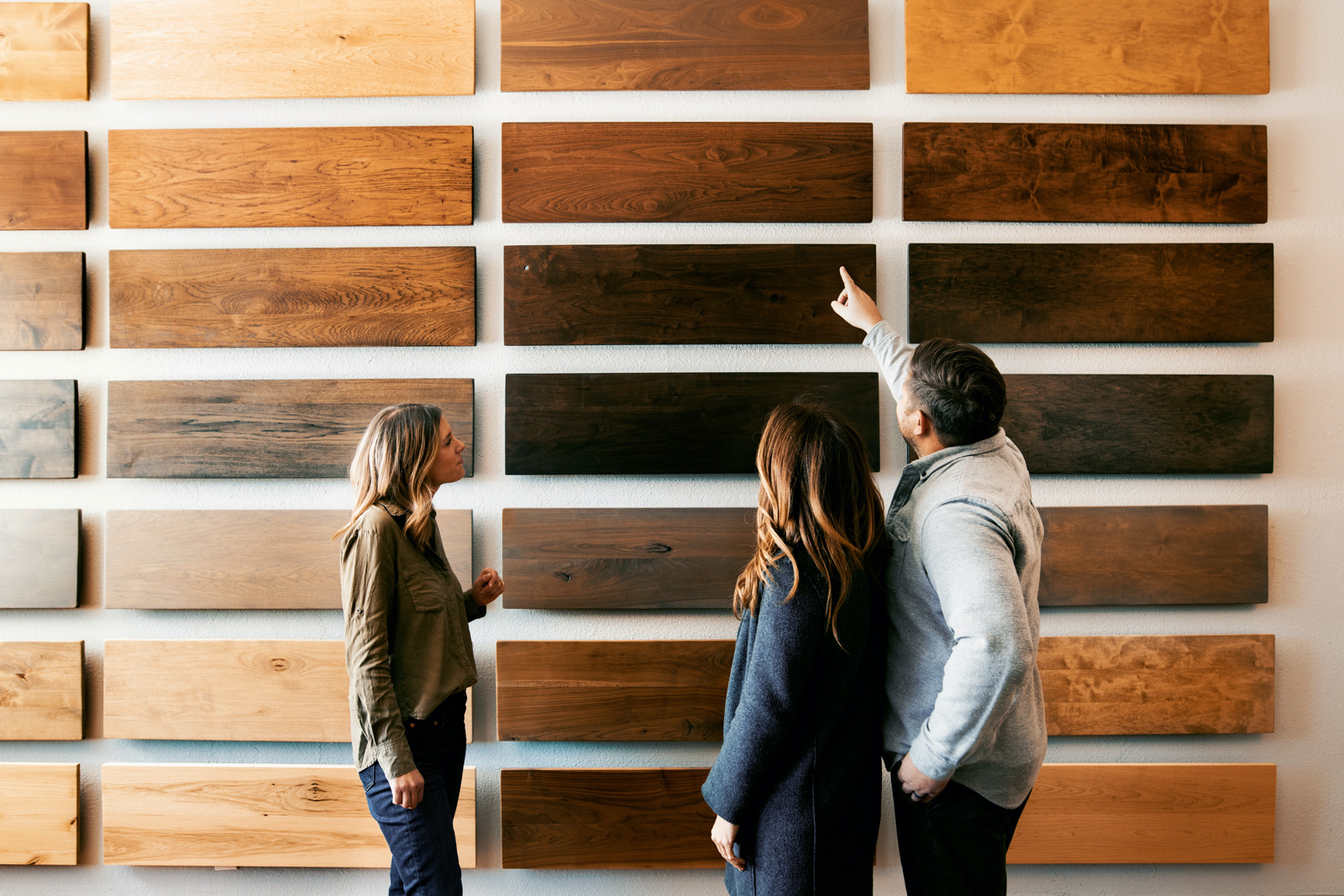
Three Types of Treated Wood + How to Use Them
Editor’s note: This is a guest article from Ryan Smith.
Planning a new project or renovation? If your project includes wood, you need to determine what type of wood is best to use. Should you opt for modified wood or treated wood? What type of modified or treated wood is ideal for your particular project? It helps to have an overview of the different wood types available today. Among other things, choosing the wrong wood can sabotage your project, detracting from its longevity and structural integrity. Use this guide to get an idea of treated and modified woods and their uses.
Understanding the Basics of Wood Types
While there seems to be an astounding variety of wood types and products on the market today, what you really need to know are these three categories:
Untreated Wood
Untreated wood is the raw material—plain old wood or lumber. Certain kinds of wood are endowed with natural properties that make them better for certain types of projects. Cedar and teak, for example, have properties that make them naturally better at standing up to moisture. That’s why people often choose them for outdoor projects like decks and railings.
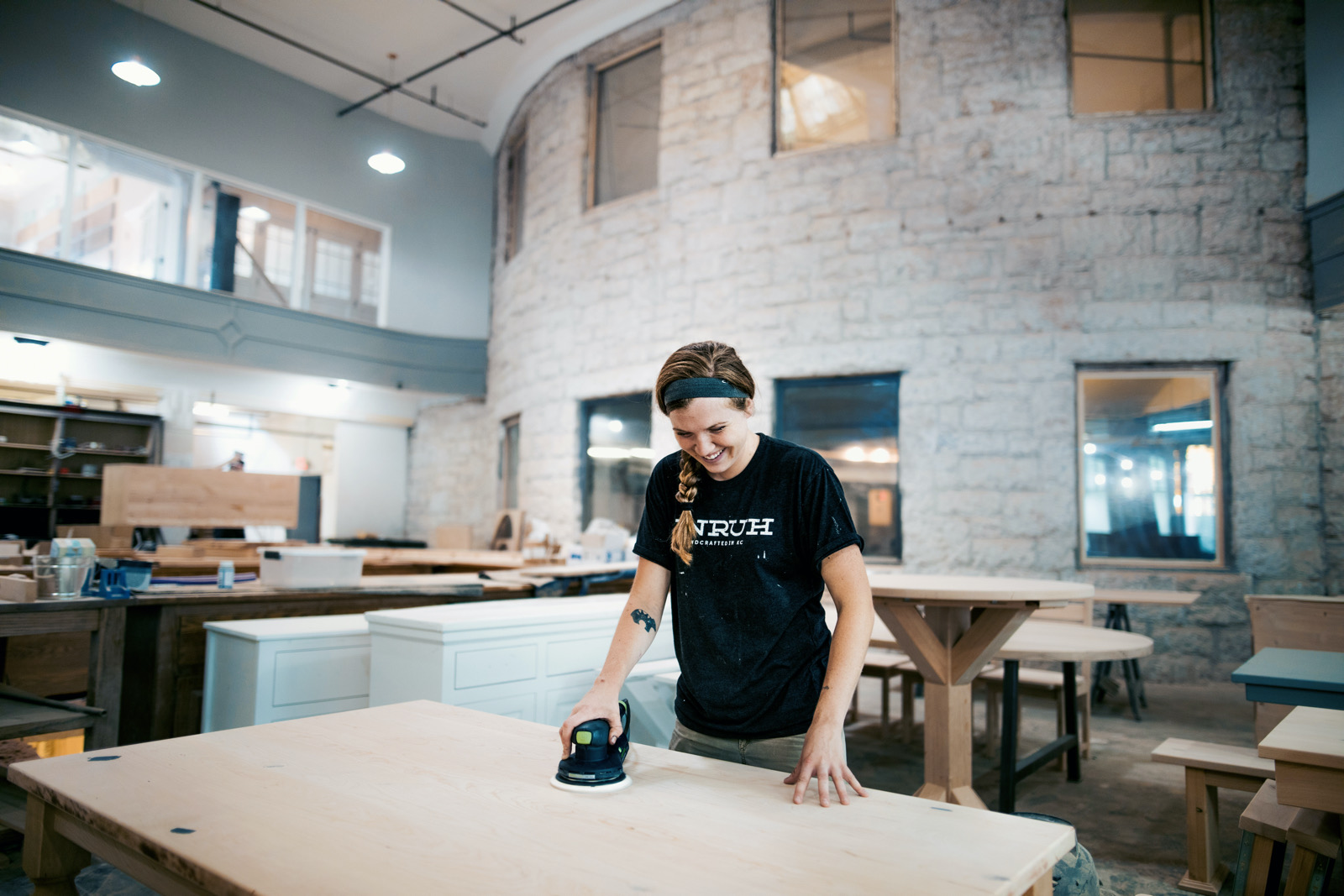
Modified Wood
Modified wood typically refers to wood that’s been heated. You’ll often hear it referred to as thermally modified wood. This type of wood is increasing in popularity because it’s both functional and eco-friendly. Usually, no chemicals are used to treat the wood. Instead, it is heated in a 400-plus degree, oxygen-free environment. It’s literally cooked. The heat treatment permanently changes some of its characteristics, making it more durable and more ideal for various uses.
Many people use modified wood for their decking, home siding, or even their flooring. Keep in mind that the term modified wood can occasionally refer to wood that has also been chemically treated. If you want thermally modified wood or modified wood with no chemical treatments, be sure you understand what you’re buying.
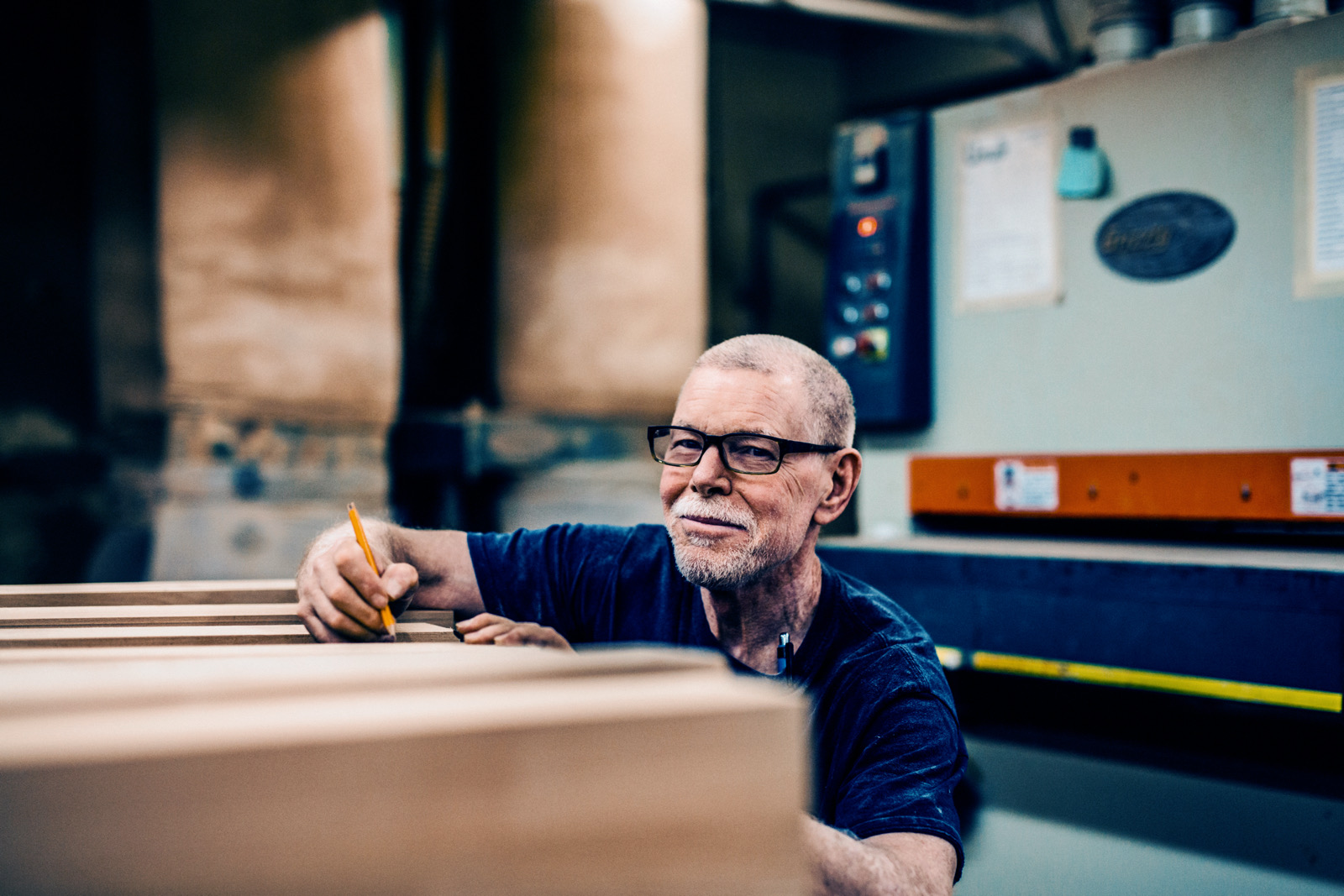
Treated Wood
Treated wood is when manufacturers apply a substance to the wood that alters its characteristics. For instance, the treatment (often a preservative) can help the wood stand up to moisture, rot, and pests. Pressure-treated wood falls into this category. During the treatment process, intensive pressure is applied to the wood to remove oxygen. Then, it’s infused with chemical preservatives to protect it from rot and pests.
Treated wood is used for projects that can include pier pilings, decks, interior framing, outdoor wooden walkways, porch railings, fencing, and more. Your contractor can help you choose the ideal treated wood for the project you have in mind.
While modified and treated woods won’t last forever, they are popular options because they last longer and perform better under various conditions. Use the following information to help you select a wood type for an upcoming project or home renovation.
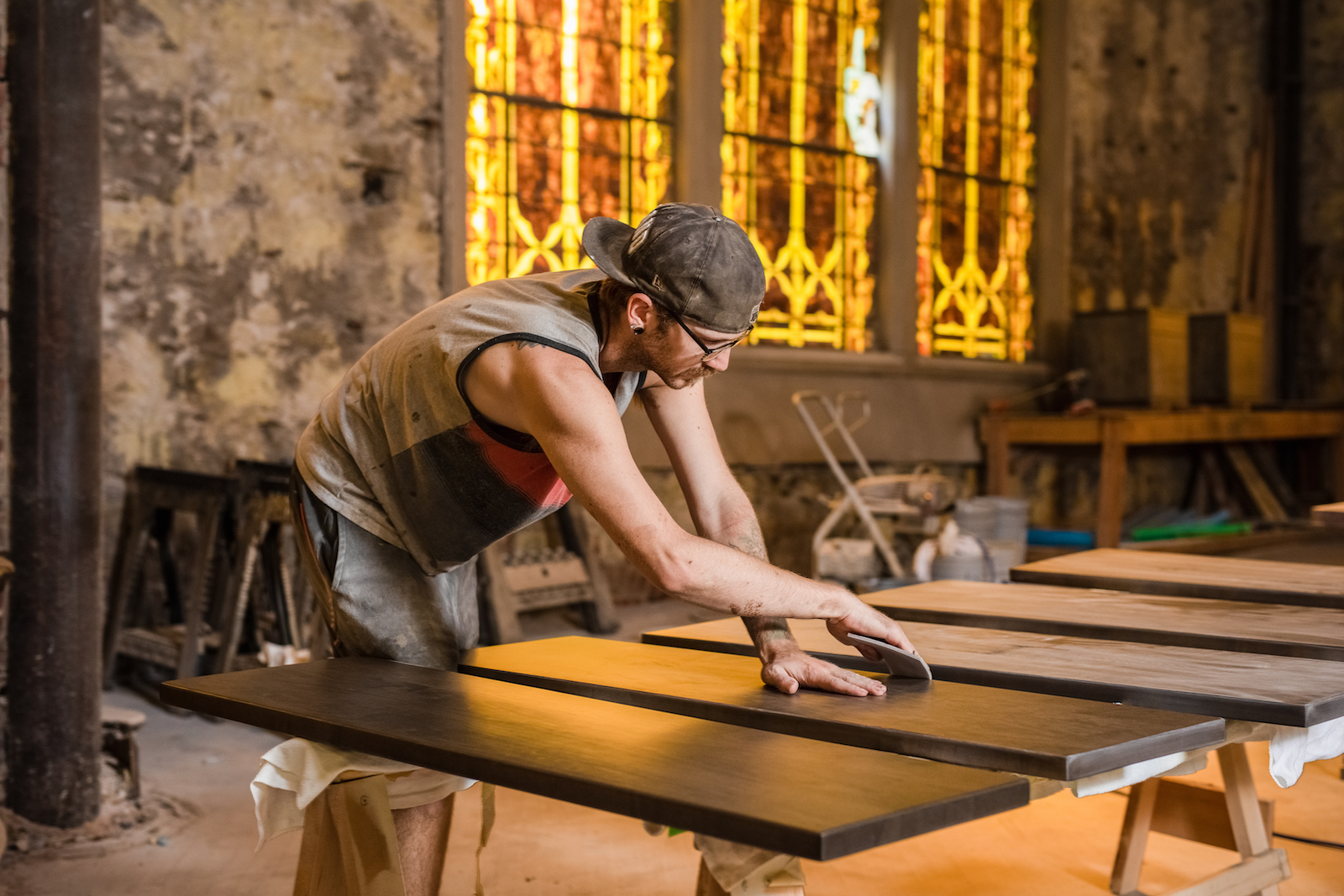
Treated wood starts with the details. At Unruh, that’s all we know.
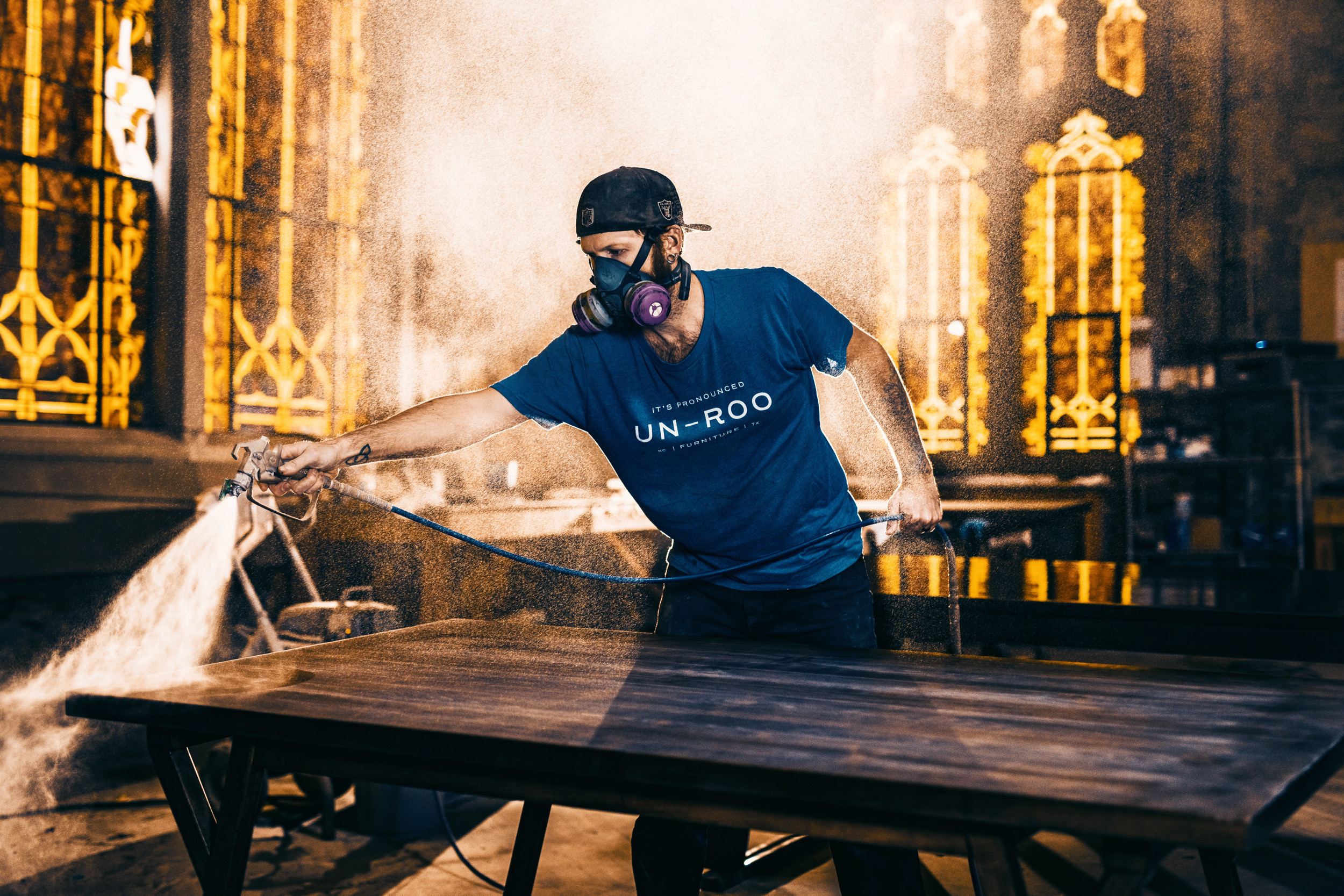
What is Charred Wood/Shou Sugi Ban?
Charring wood is a weatherproofing treatment that helps protect the wood from moisture and insects. This practice originated from the Japanese technique of shou sugi ban, which chars the woods exterior using a light open flame. The Japanese have been using this technique since roughly the 18th century. They tend to use cedar for the procedure because it’s always endowed with natural moisture-resistance properties.
Shou sugi ban and charred woods in general function well when it comes to standing up to moisture and insect pests. However, they’re often favored because of their aesthetic appeal. In fact, many interior designers and architects around the globe are opting for charred wood because of its unique appearance.
Typically, charred and shou sugi ban woods are used for siding panels. Just keep in mind that not all woods are ideally suited to this technique. Open-celled timbers tend to work best. Also, be sure you purchase from a distributor that is experienced in this practice. If the charring process is performed incorrectly, the wood won’t weather properly. In Japan, examples of shou sugi ban have withstood outdoor elements for more than 50 years, but it’s not quite certain how long other charred woods can hold up without information from the manufacturer.
If you’re planning to use this wood to side your home, garage, shed, or other outdoor structure, it’s a good idea to consult your contractor. It’s clear that sourcing this wood from a reputable vendor is key to the success of a project. If you intend to use this practice to treat wood for a piece of furniture or other indoor feature, DIY is a viable option.
What is Shiplap Wood?
Because it’s commonly misidentified, shiplap is another wood type best sourced from your contractor. Shiplap is a type of wooden board that is most commonly used as exterior siding, but it can also be featured indoors as paneling. You’ve most likely seen shiplap adorning barns, sheds, and various types of outbuildings. Rustic and affordable, shiplap is a popular option for people who favor rustic or early American styles.
Shiplap is celebrated for its ability to stand up to weather conditions. This is why it’s often featured in areas with four-season climates or coastal areas like Miami that are subject to sea storms. The wood can expand and contract without much effort, so it’s a great choice for outdoor projects. Shiplap is typically installed in horizontal planks and fastened with rabbet notches. The boards slightly overlap, which is why this wood has a reputation for being “watertight” and historically featured on ships.
If you intend to use shiplap as a waterproof barrier, be weary of shiplap imitators. Planks that aren’t installed with rabbet notches and nailed in place don’t deliver a watertight barrier and are not true shiplap. If you’re planning to install this in your living room as a part of a new piece of furniture or interior design feature, you may be able to get away with a DIY installation. However, if you’re installing it on your exterior or in a moisture-rich setting like a bathroom, it’s a job that’s best left to professionals.
What is Reclaimed Barn Wood?
Reclaimed wood is a trendy option for home design today. However, unlike trends that come and go, reclaimed barn wood has staying power. Salvaged from other buildings, the wood has stood the test of time and frequently boasts a rich patina that enhances its antique look. It is essential to choose wood that isn’t warped. Also, many vendors today sell reclaimed wood that’s been heat-treated to make it even more durable and pest resistant. Today, people use reclaimed barn wood for both interior and exterior projects. It’s ideal for porch posts, mantelpieces, stair rails, flooring, and more.
If you’re still uncertain about what type of wood to choose for your upcoming renovation, consult with your contractor. A professional who works with these types of wood can advise you about the best options for your project. You can also rely on your contractor to source wood for you. It’ll often be at a cheaper rate than you can find on your own.
Remember, it’s important to select the right type of wood for your project or you risk it failing. There are many, many options available today. It’s important to understand what you need for a successful project outcome.
